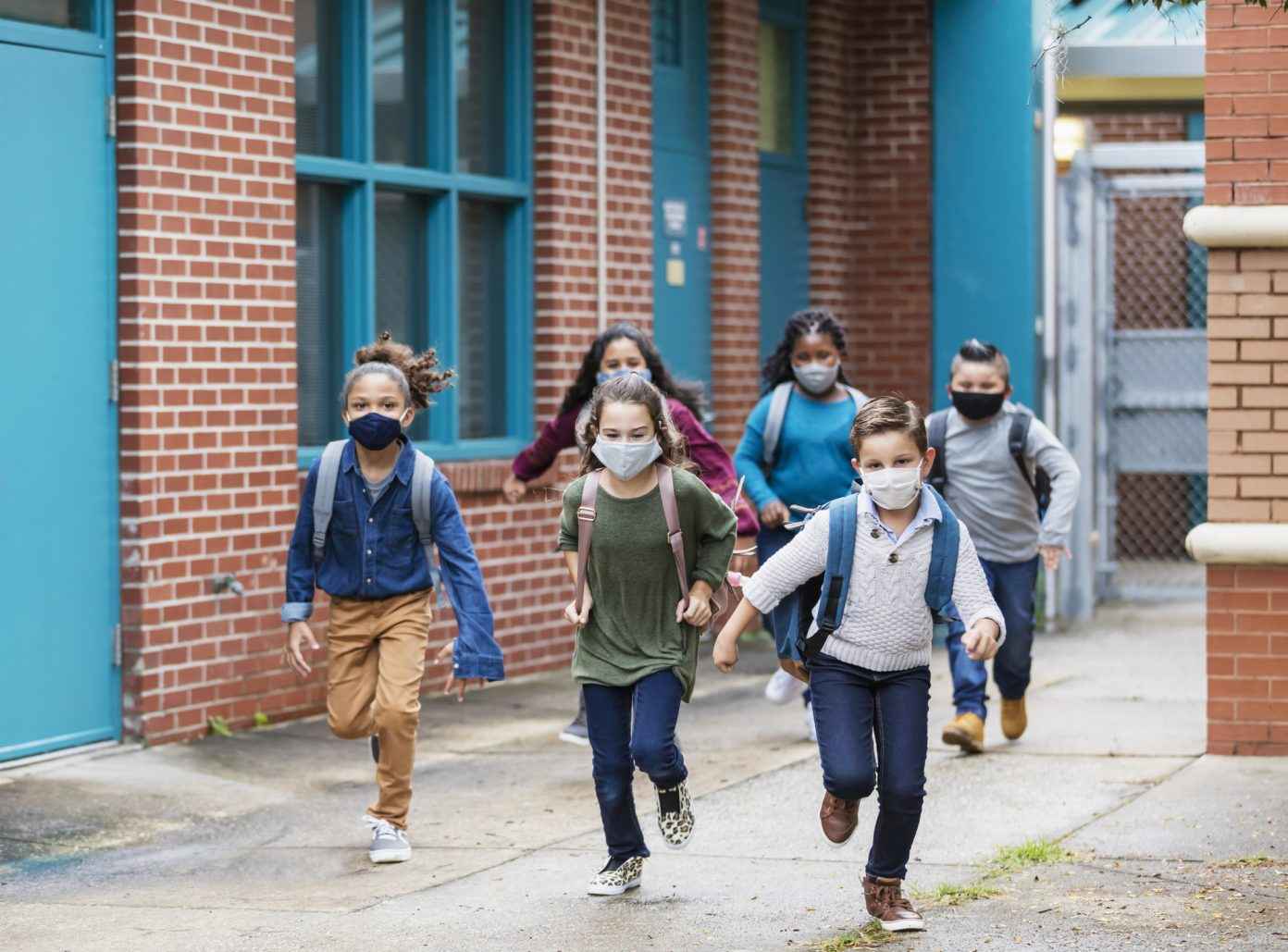As Children Transition to In-Person Learning, USDA Announces Important Measures to Ensure Food Security and Safety of Students
April 29, 2021
Overview
During the COVID-19 pandemic, food insecurity has skyrocketed. It is estimated that in 2021, 42 million Americans have lacked sufficient food to lead healthy lives. This parallel pandemic of hunger deeply affects America’s children with an estimated 12 million children experiencing food insecurity. Prior to the pandemic the free and reduced-price school meal programs were critical tools for addressing food insecurity, serving an estimated 22 million children. A recent study out of Tufts University found that school meals were the most nutritious source of food for most American school children, further emphasizing the critical nature of these programs. The need for these important programs has only grown with the challenges created by COVID-19.

The need for social distancing and virtual learning forced the United States Department of Agriculture (USDA) to grant waivers for many of the requirements of these programs. These waivers ensured that vulnerable children still had access to critical meals during the pandemic. Many of these waivers are set to expire this summer. However, the USDA released an announcement on April 20, 2021 detailing new measures to help feed students as they transition back to in-person learning. An overview of five key accommodations is discussed below. All these measures will run through June of 2022.
- Nationwide Waiver to Allow the Seamless Summer Option: This waiver allows schools to use the Seamless Summer Option (SSO) during the school year. Normally this program is only operational during the summer and certain school vacations. However, this program provides greater flexibility in meal service that will facilitate safety measures as students transition back to school. For example, this program allows schools to serve meals at a variety of locations, including outdoors and in the classroom. This permits schools to comply with the Centers for Disease Control and Prevention’s recommendations for safe school meal service. In addition, the SSO eliminates the need to collect meal payments and gives schools the option of providing universal free meals to their students.
- Higher Meal Reimbursement Rates: The USDA acknowledges that schools have incurred additional costs serving meals during the pandemic and need further financial support to serve meals safely during the upcoming school year. This financial support is provided in the form of higher reimbursement rates for student meals. The Summer Food Service Program (SFSP) allows public agencies and nonprofit organizations to provide student meal services during the summer and reimburses at a higher rate than the National School Lunch Program (NSLP) and National School Breakfast Program (NSBP). For example, the average reimbursement for a free lunch under the NSLP is $3.18 and the minimum reimbursement for the same meal under the SFSP is $4.25. The USDA is offering to reimburse meals at the SFSP rate for the upcoming school year.
- Waiver of Mealtime Requirements: The USDA recognizes that mealtime flexibility is needed to provide meals in a safe manner. As a result, the USDA has issued a nationwide waiver to the normal mealtime requirements. For example, lunch is normally required to be served between 10 am and 2pm (7 C.F.R. §210.10); the waiver releases this restriction. This allows for the distribution of breakfast and lunch together at meal distribution locations, as discussed in the next bullet point.
- Waiver of Congregate Meal Service Requirement: Normally, school meals must be served in a congregate setting and students must eat their meals on site. However, waiving this requirement critically facilitates safety precautions as schools return to in-person learning. By waiving this requirement, the USDA is enabling mealtime social distancing, grab-and-go meals, and meals to be picked up on days when children are learning remotely.
- Allowing Parents and Guardians to Pick Up Meals: Typically, school meals must be served directly to eligible children. However, with the pandemic, the USDA acknowledges that requiring children to come to meal sites to pick up their meals is impractical. As a result, the USDA has waived this requirement and allows parents and guardians to pick up the meals and bring them home. This is an important accommodation that helps ensure children receive these vital meals as schools transition from virtual to in-person learning.
The Network will continue to monitor for policy developments in the USDA’s school nutrition programs during this important transition. You can obtain more information on the USDA’s recent accommodations at their website, or you can contact the Network for technical assistance.
This post was developed by Mathew R. Swinburne, Associate Director, Network for Public Health Law—Eastern Region Office. The Network for Public Health Law provides information and technical assistance on issues related to public health.
The legal information and assistance provided in this document do not constitute legal advice or legal representation. For legal advice, readers should consult a lawyer in their state.
Support for the Network is provided by the Robert Wood Johnson Foundation (RWJF). The views expressed in this post do not represent the views of (and should not be attributed to) RWJF.
